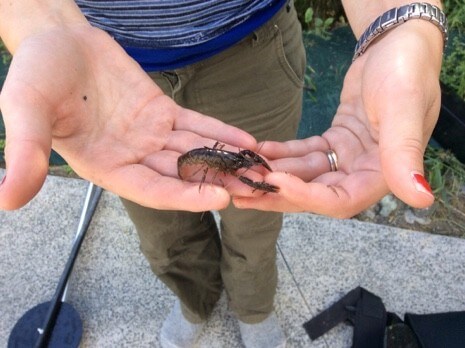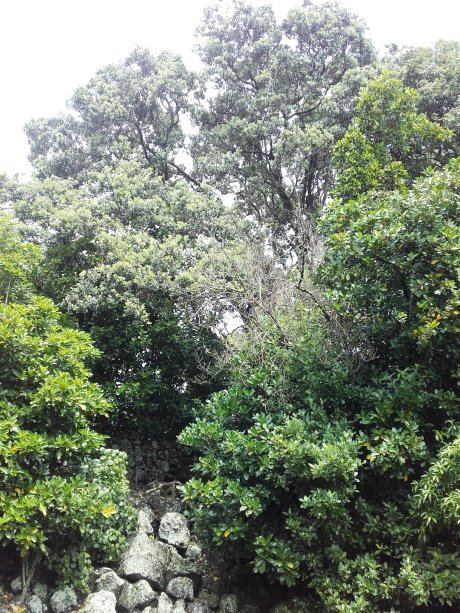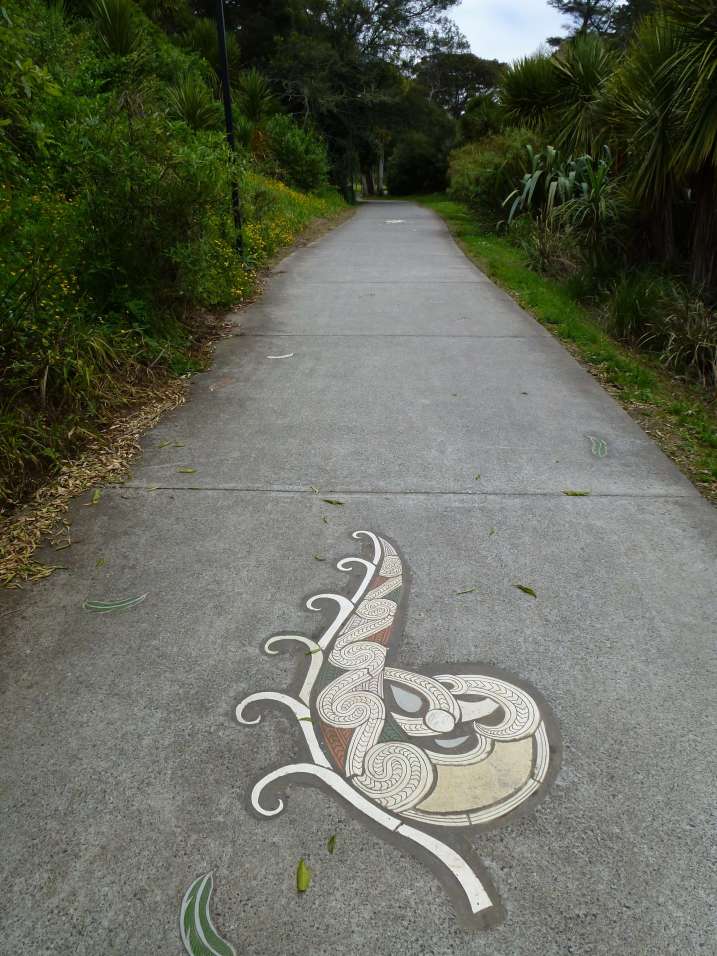Client: Auckland Council
Thomas Services: Ecological Assessment, Community Liaison, Water Sampling
Liaison: Community and local board members
Year: 2016
Project Twin Streams (PTS) is a large-scale environmental project in West Auckland that was initiated in 2003 by Waitakere City Council and is led today by Auckland Council and its Local Boards. Working to improve stream health throughout the Swanson, Opanuku, Oratia and Waikumete Stream catchments, properties within the flood plain were purchased and removed in the earlier stages of the project and 56km of streamside was replanted.
Thomas Consultants has been a significant provider of professional services to this project since its inception [link https://tcec.co.nz/portfolio-item/twin-streams/]. In 2016 we were commissioned to conduct environmental and social monitoring to provide a snapshot of the current state of PTS. This included comparing results with previous monitoring – where possible – to illustrate any changes or trends, especially in water quality and stream habitat.
Our tasks included:
1. Reviewing and compiling existing information: We compiled a database of over 200 published and unpublished reports about the project.
2. Identifying data gaps: We reviewed all existing data available for PTS and identified what instream monitoring could be repeated within a short timeframe.
3. Freshwater monitoring: Our ecologists collected water quality and macroinveterbrate data from nineteen monitoring sites. Our partner, Environmental Impact Assessment Ltd undertook the analysis.
4. GIS analysis: Our GIS analyst looked at broad scale changes in the catchment over time, such as the amount of streamside planting and change in the amount of forest in the catchment.
5. Terrestrial monitoring. Our ecologists repeated vegetation plots and bird counts and analysed and presented the results.
6. Social monitoring: We worked with Tasman Research to compare demographics and conduct online and phone surveys.
7. Communications: We worked with a communication specialist to develop a non-technical summary of results.
We found that PTS is well-known and popular with residents. They have experienced better connections to the stream areas (e.g. walkways and cycleways) and noticed a decrease in weeds and increase in native plants in the area. This improvement in the quality of stream bank vegetation is confirmed by the 2016 monitoring which shows less weeds and more native seedlings in PTS focus areas.
Looking at the water quality monitoring results, it appears that water quality has neither improved nor deteriorated since the beginning of the project. However, changes in data collected in the various studies over the years make it difficult to say this for certain. As water quality fluctuates (both seasonally and in response to flooding and one-off events) a large number of samples are needed before any trend can be confirmed. Furthermore, PTS streams have been under greater pressure due to the increase in population and development within the catchment since the beginning of the project in 2003.












